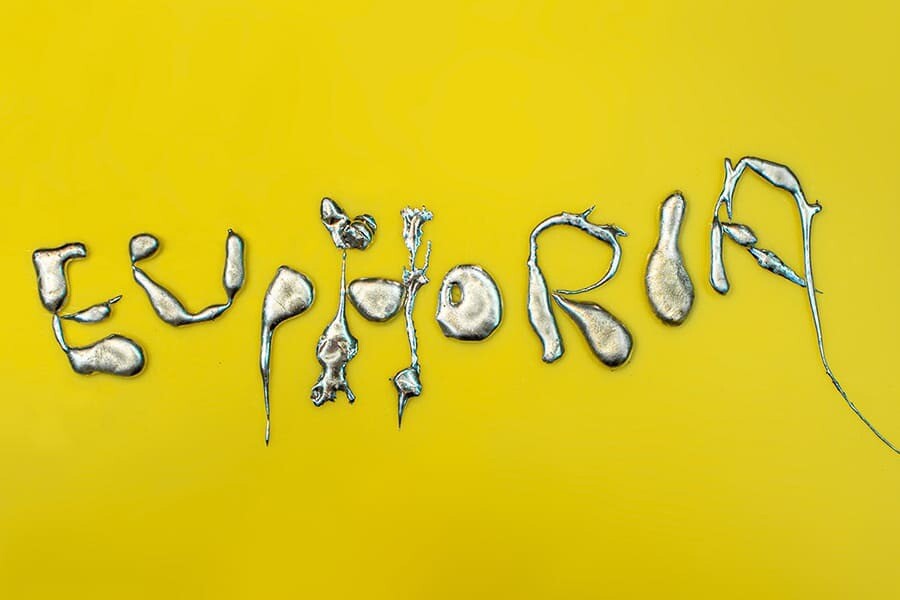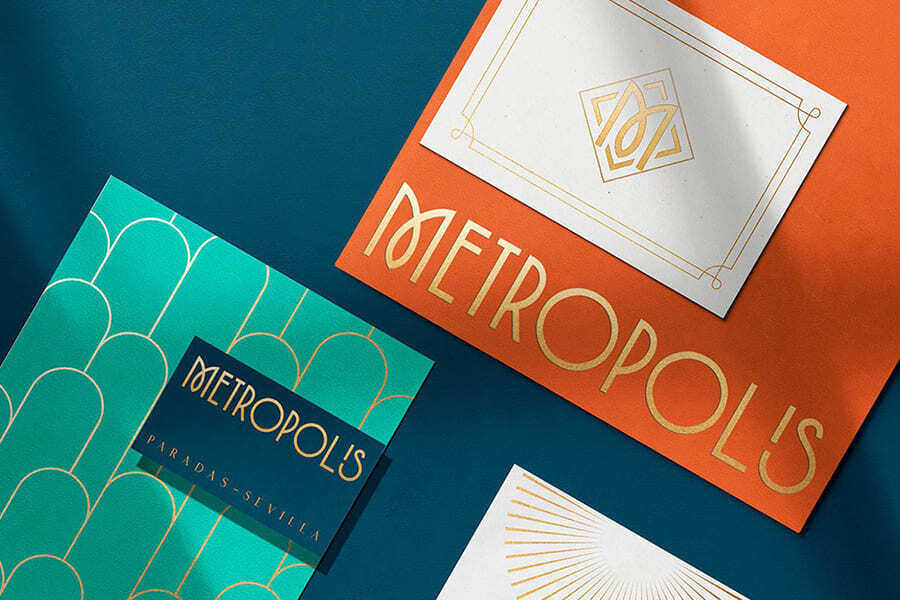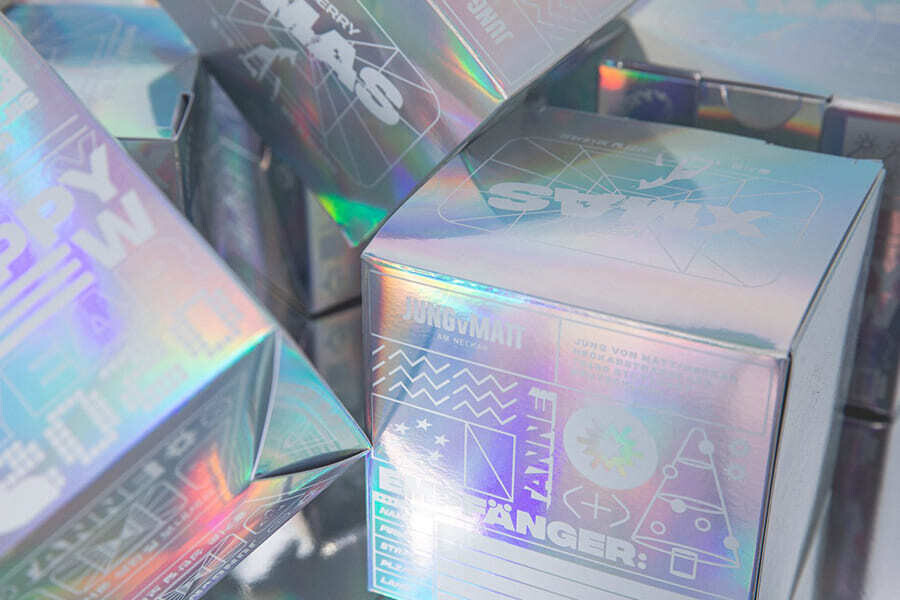The year 2022 is bursting into our lives at an incredible speed. Modern graphic design is developing at the same speed. New trends are appearing, and what was relevant a year ago is no longer a surprise to anyone, and in fact, is considered anti-trend.
So what did you prepare for us in 2022? We all know that the concept of fashion is cyclical. This also applies to design: trends will be nostalgic for the past from the 90’s and 2000’s. We will also see the return of art deco and cyberpunk, and what will happen to typography deserves special attention. Let’s get started!
Unexpected visuals
After the story of the pandemic, which suddenly hit the whole world, people realized the transience of life and began to create several times more. This allowed the most extreme ideas and collaborations to materialize (Fortnite with Balenciaga or Ikea with Lego), which previously remained somewhere in the background.

Anti-design
Chaos, a riot of color and fonts – that’s how you could describe this trend. It is unreadable and nonfunctional. What is trendy about it? A visual component. Breaking the canons, turning the font into an unreadable composition is the “highlight” for which the eye is clinging. It is bright and shaped: it is attractive.

Nostalgia
If you haven’t already noticed the trend of flashbacks from the 80s and 2000s that started in 2021, take a closer look! It exists not only in graphic design, but also in fashion and technique.
Baguette bags, low-rise jeans, leather jackets, and film photography are being resurrected. You can play with it and try more and more eclectic forms of old and new.
Grainy textures, pixels, ’90s computer graphics, everyday objects reminiscent of the past – all of these are perfectly combined in modern looks with the use of color, gradients, 3D graphics, and fonts. Speaking of fonts…

Experimental typography
This trend continues to gain momentum and is becoming popular on a colossal scale. Typographic borders are blurred and structural text does not seem to be the limit of possible solutions. Bending, maximum thickening, changing the proportions of letters is used everywhere. We will see the continuation in 2022, because it is a great way to present almost any visual: from minimalism to global detailed projects. However, it’s worth choosing the right fonts and using experimental solutions in accentuation, and for informativeness – standard readable variants. It is also worth remembering that every font is a clear and elaborated anatomy over the years, so it is simply unacceptable to distort some strokes.

Cyberpunk and the NFT digital space
The virtual world is becoming as important to people as the real world, and sometimes more so. Mark Zuckerberg reflected on this, announcing the construction of a digital universe. Parallel to this, cyberpunk is entering the trends, emphasizing the connection with the digital and moving away from the natural forms that were actively used in 2021.

AR-DECO
To counterbalance the riot of color and distortion of forms comes organization and structure in the form of Art Deco. Subdued colors and chrome tones in this style can add charm to a design.
The concept of the Art Deco style is to move forward in precise and calibrated steps in order to discard everything old and move into the uncharted new. Considering the current situation in the world, we can identify the origins of the origin of this trend.

Holography and glass texture
Humans have always been attracted to shiny things and reflective surfaces. That’s why this trend in graphic design will be used in 2022.
The reflections of glass and the holographic colors look futuristic. This trend can refresh the design and solve the problem of static, as the light beams create an image of shimmer and movement of the design object.

Thus, graphic design maintains the craving for experimentation and recycling of old styles with different forms. It is worth noting that not only trends are changing, but also the graphic design itself: we see a move away from static pictures to moving forms, as well as the active use of 3D-visualizations.
